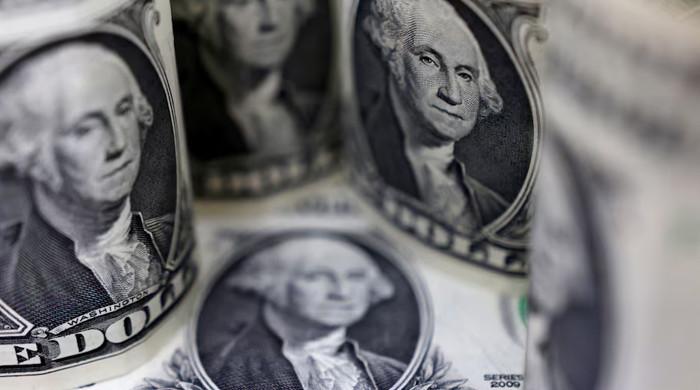- Among Pakistan’s bilateral creditors, China is on top.
- Over half of Pakistan’s external debt is from multilateral.
- Public external debt increased by $ 2.5 billion during the FY24.
Islamabad: About 92% of Pakistan’s external debt is due to three main sources, including multilateral and bilateral creditors as well as through international bonds.
Among the bilateral creditors, China is at the top and keeps in mind the total external debt and obligations.
The total debt and obligations are calculated after incorporating domestic and external debt payable from the consolidated fund, IMF loans for payment balance support, SOES ‘debt, debt to commodity operations and the external sector’s external debt.
However, the public debt excludes SOES debt, debt for raw material operation and external debt in the private sector. The total public debt is calculated on the basis of domestic and external debt payable from the consolidated fund and the IMF loans to the BOP support.
Now, the total external debt and obligations of $ 133 billion amounted to, but public external debt in accordance with the definition of the Fiscal Responsibility and Debt Restriction Act (Frdla) amounted to $ 88.578 billion until the end of September 2024.
The Ministry of Finance has prepared a debt policy statement for January 2025, but so far it has not yet been established for parliament. The process of ensuring approval from the federal cabinet is underway.
However, the sources said the government has also missed the deadline for issuing the debt bun report until the end of September 2024 during the Loan Treatments in the World Bank, but that it was done in October 2024.
The total external debt continued to rise during Q1-FY 25 and amounted to $ 88.7 billion from September 2024.
With regard to external debt composition, the prominent functions illustrate that more than half of Pakistan’s external debt (56% per September 24) is from multilateral lenders including WB, ADB, IMF and others.
The other major source of external debt is from bilateral partners including Paris Club, which has approx. 28% share of the external debt. 14% of the external debt is from commercial sources; 8% from international bond issues and 6% from business banks.
During FY24, the stock of external debt (in USD) witnessed a net increase of 3% yoy, while the proportion of external debt in the total public debt dropped from 38% (June’23) to 34% (June ‘ 24).
However, the external debt exposure is still within the maximum limit of 40%, as planned in MTDs, but remains sensitive to exchange rate movement.
The division of external debt shows that the majority of loans are obtained from multilateral financial institutions and bilateral sources.
These types of loans are contracted with low or concessions are betting with long -term tenors in comparison to commercial sources.
From SEP-24, 84% of the loans are obtained from multilateral and bilateral sources.
Public external debt increased by $ 2.5 billion over the course of FY24 and by $ 2 billion at the end of September 2024. The total external loan payments amounted to $ 9.8 billion during the FY24.
The payments were mainly from multilateral and bilateral sources. The largest payouts from bilateral sources included time deposits of $ 2 billion from Saudi Arabia and $ 1 billion from UAE as a deposit at the Central Bank.
The largest payouts from multilateral sources included $ 2.2 billion from the World Bank, $ 1.3 billion from ADB and $ 345 million from AIIB.
Originally published in the news



